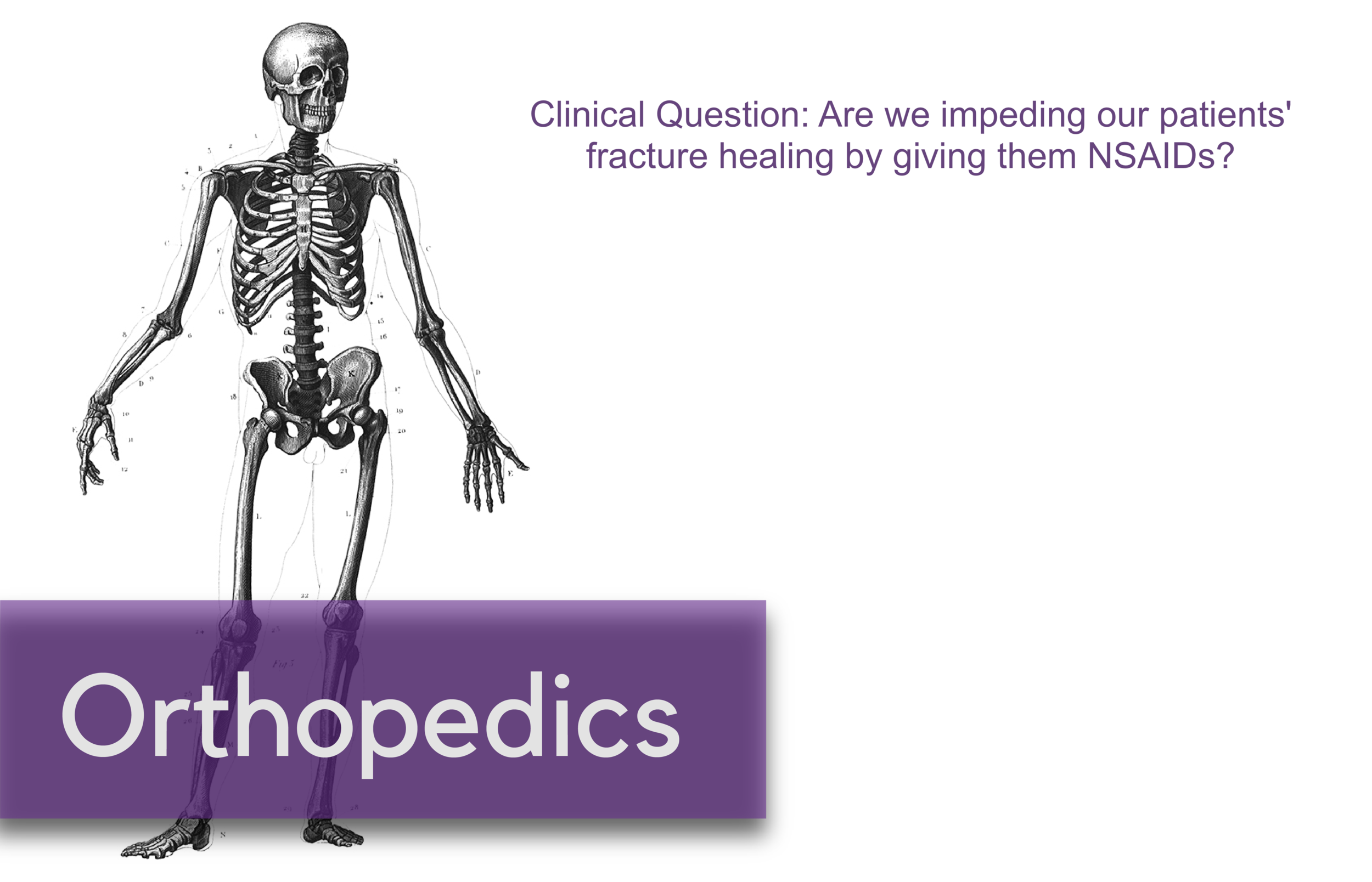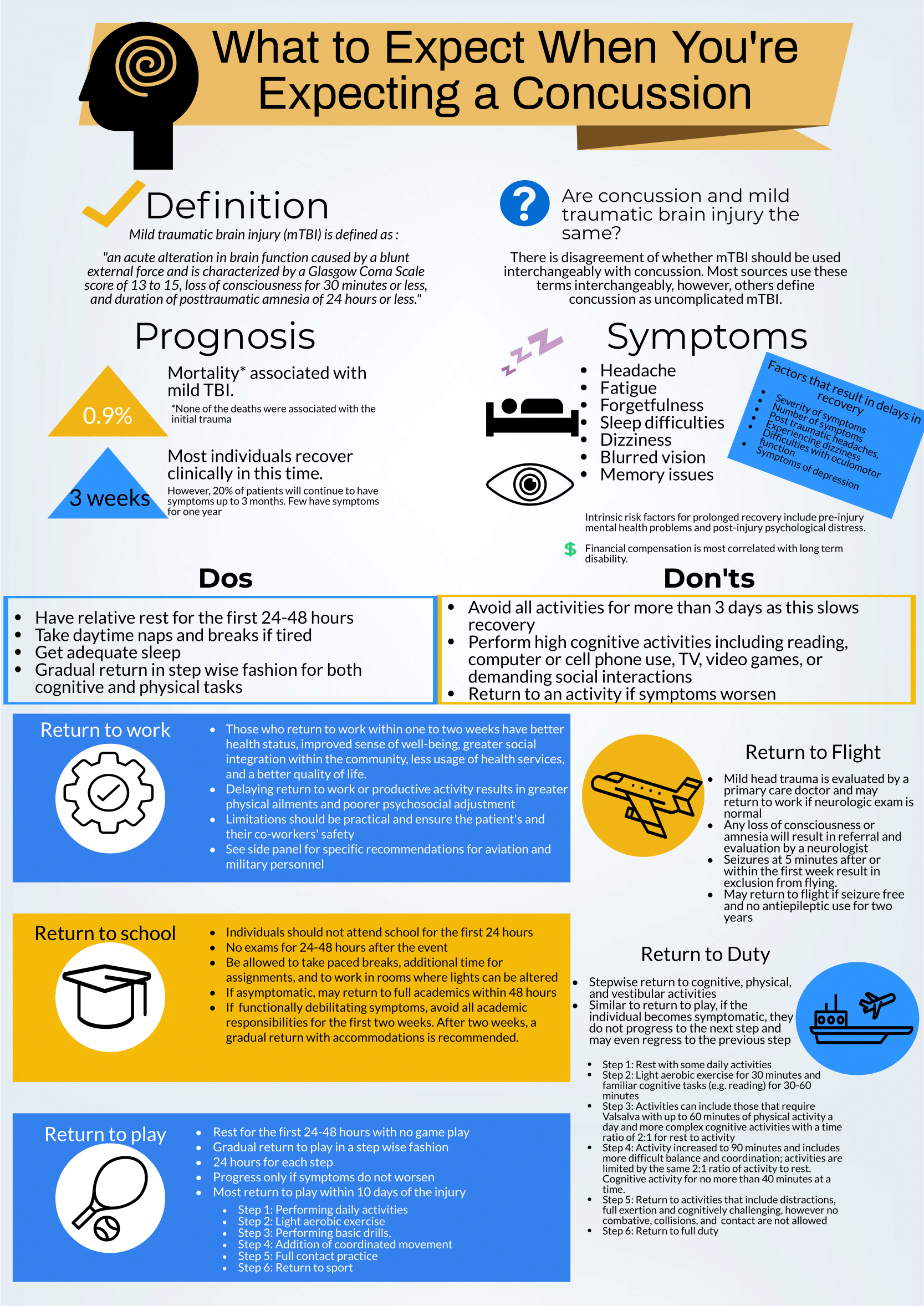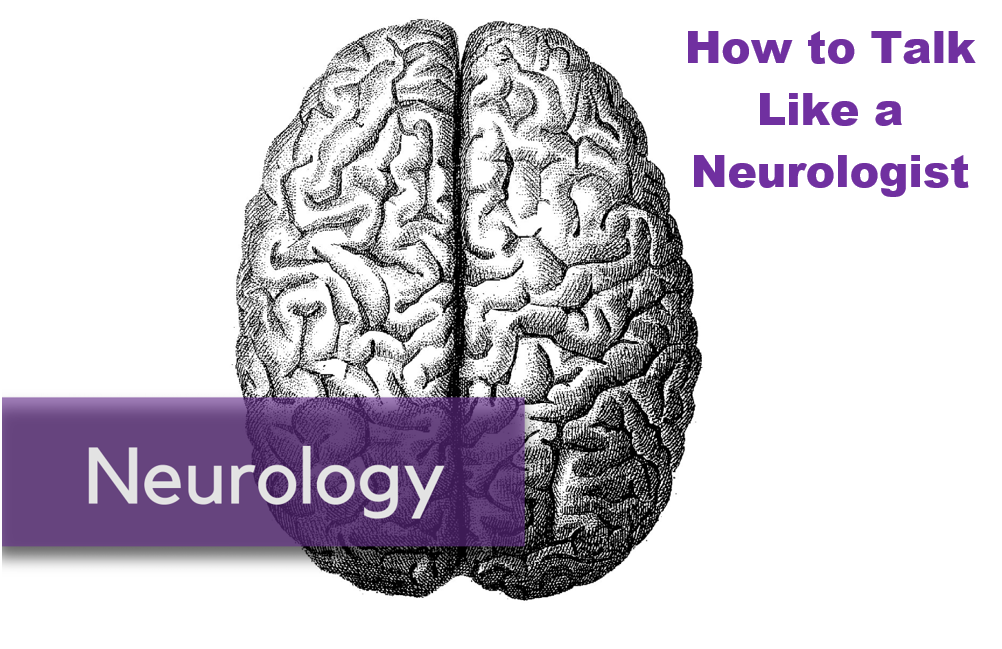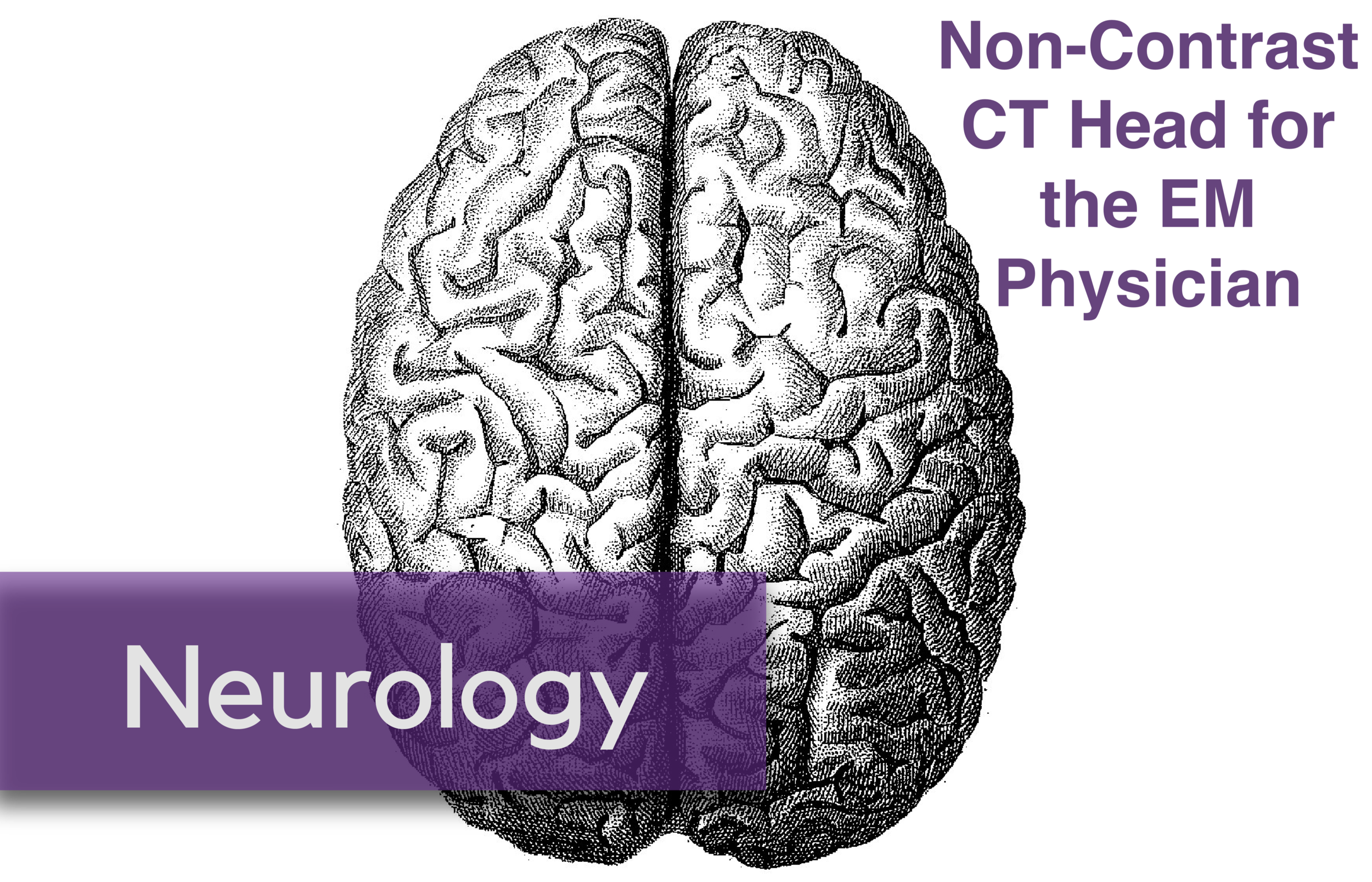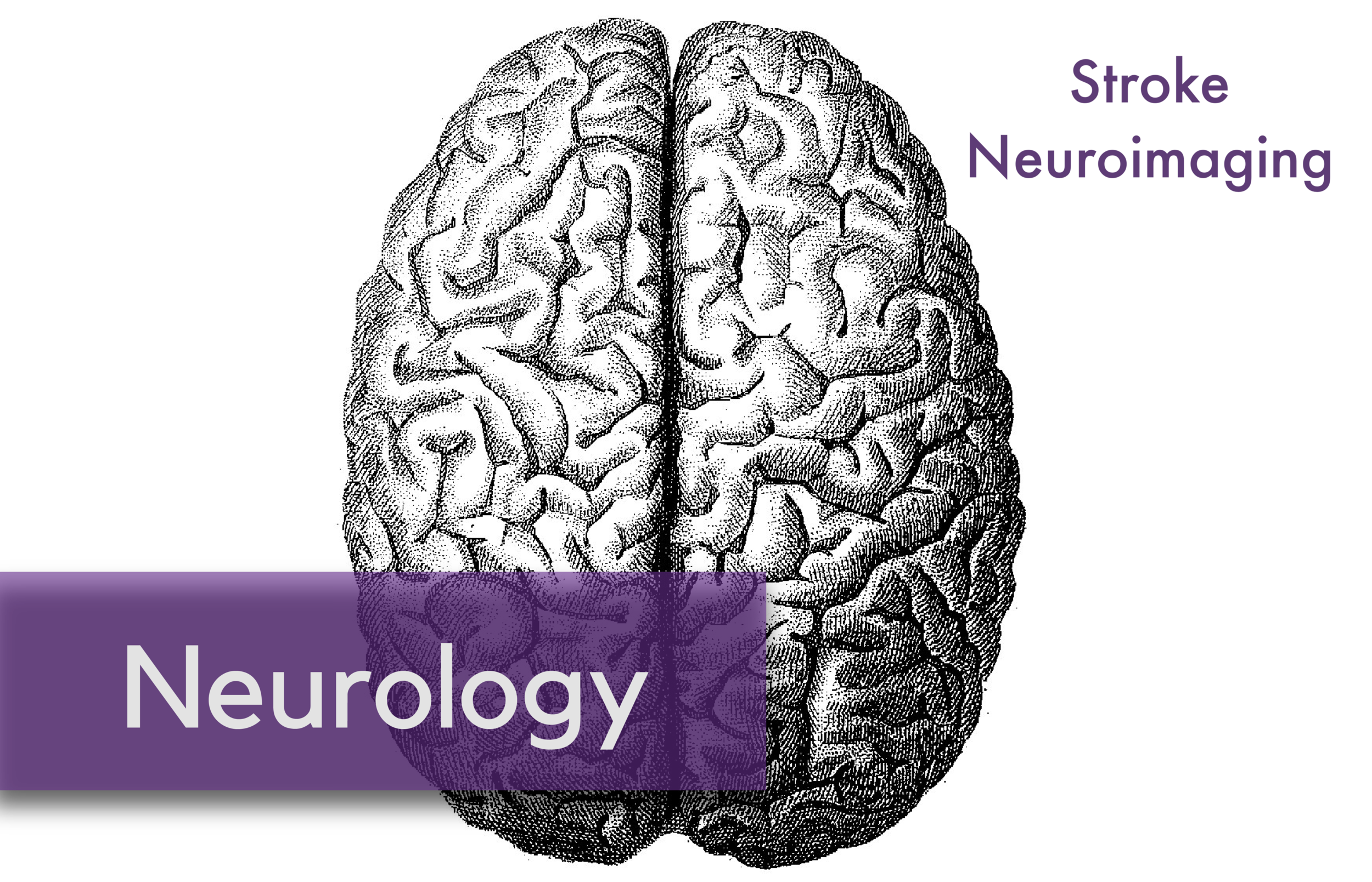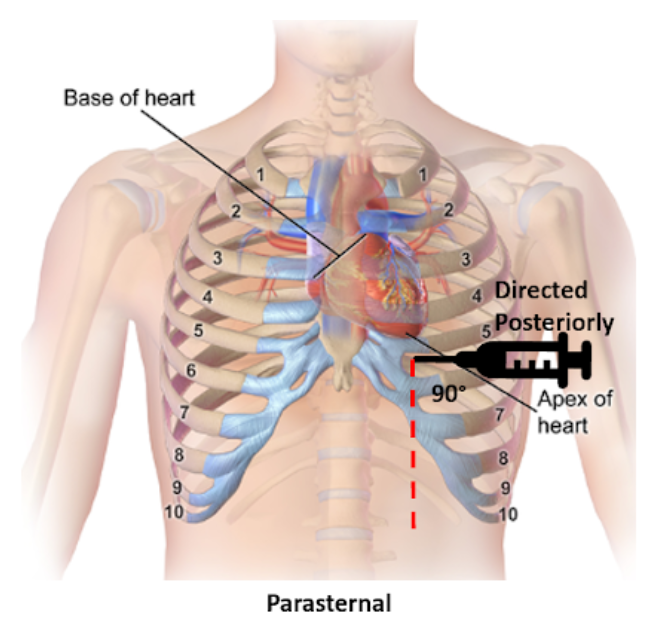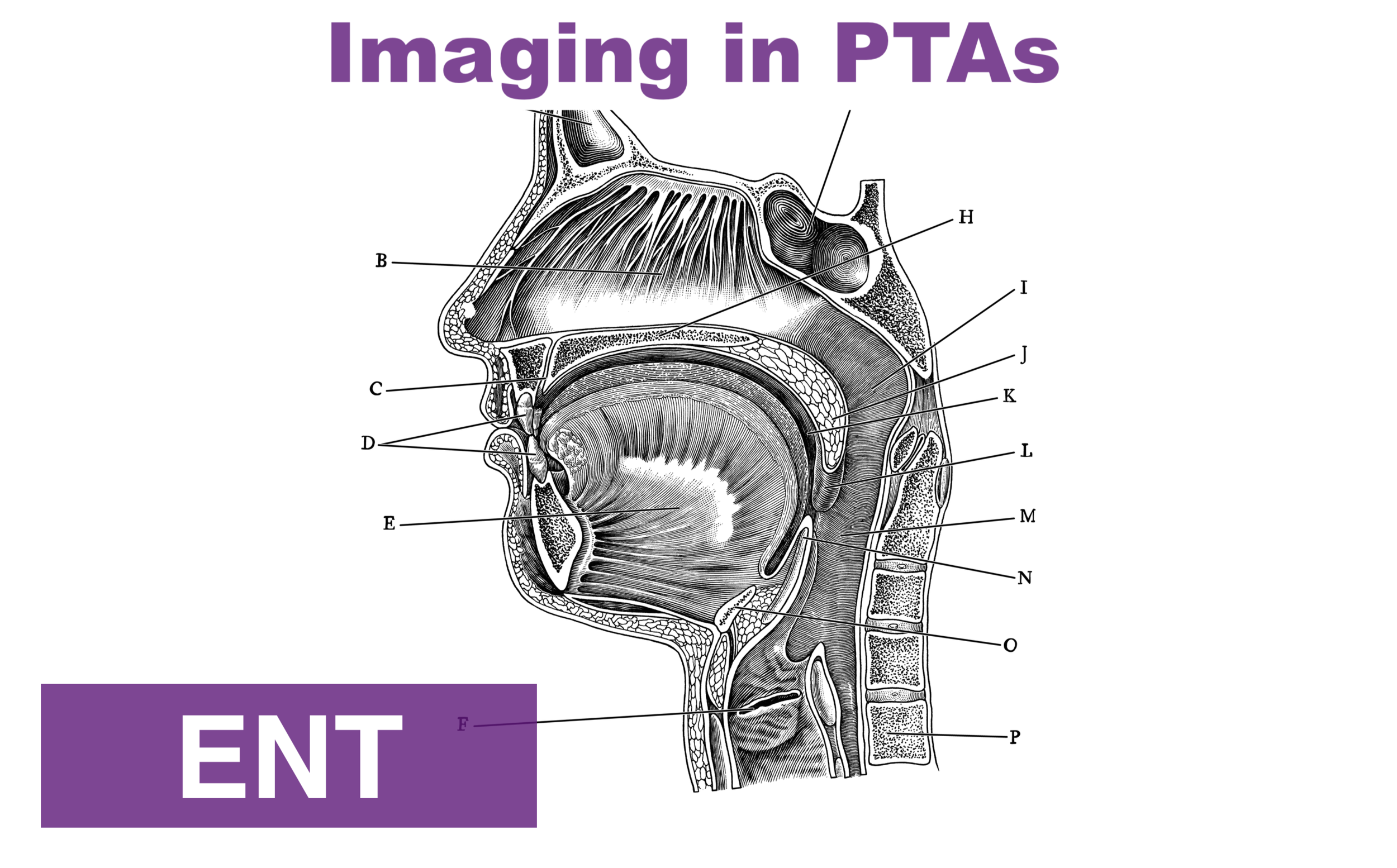Introduction
18% of lesbian, gay, bisexual, transgender, or questioning (LGBTQ) individuals avoided seeking medical attention for fear of discrimination according to a 2017 joint poll conducted by NPR, the Robert Wood Johnson Foundation, and Harvard T.H. Chan School of Public Health [1]. These fears are not unfounded—decades of anti-lesbian, gay, and bisexual (LGB) prejudice in medicine, despite greater social acceptance in the United States have tainted medicine’s perception in the LGB community.
Only in 1987 was “sexual orientation disturbance” removed from the DSM while conversion therapy, the scientifically-unfounded exercise of converting one’s sexual orientation to heterosexual, continues to be legal across much of the United States. In 2015, a pediatrician in Michigan declined to see a child of a lesbian couple which spurred a national debate of refusal of care on the basis of religious freedom [2]. Just this year the Conscience and Religious Freedom Division of the Department of Health and Human Services was established [3]. It is clear why LGB individuals may want to avoid routine medical attention.
As a disclaimer, LGBT individuals are often lumped into one category. We will focus this post on LGB individuals as we believe that the transgender experience, while occasionally overlapping with that of LGB individuals, deserves its own recognition in another post. Many studies and data grouped LGB and transgender individuals as one group and will be cited as such in this post.
Health Disparities
34% of LGBT individuals reported having been a victim of bullying, instituting a fear of discrimination and coming out that can lead to a variety of emotional and psychological consequences [4]. In the National Health Interview Study, 26% and 28% of gay men and women, respectively, and 41% and 47% of bisexual men and women, respectively, reported moderate or severe levels of mental distress compared to 17% of straight men and 22% of straight women [6]. These levels of psychological stress make LGB individuals more prone to emotional disorders leading to suicidal ideation, homelessness, depression, and substance abuse [4].
Furthermore, 18% of LGBT individuals reported having been coerced into sex and 23% sexually assaulted [4]. This victimization increases their risk of unsafe sexual behavior than their peers resulting in a twice greater likelihood of contracting sexually transmitted diseases when compared to straight-identifying men [5]. The fear of seeking medical attention only exacerbates these health disparities.
While much of the focus has been on the modern experience of LGB youth, it is important to be aware the circumstances of LGB seniors that may contribute to health disparities. Due to the social climate in which they grew up, they are less likely to be partnered, have children, or other social supports, increasing their barriers to health care. Furthermore, they often reside in senior communities where they often face continued discrimination [7].
Creating a More Welcoming Environment for All
The emergency department is often the first point of healthcare contact for the vulnerable, and is therefore a prime location to make healthcare more approachable for the LGB community.
The Waiting Room
Patients often spend hours in the waiting room, providing an opportune time to set an inviting tone for LGB patients. LGB individuals constantly seek subtle indications of acceptance in unknown environments [11]. At the most basic level, triage forms can include questions pertaining to sexual orientation and gender identity [7]. In fact, collection of this data has been recommended by the Institute of Medicine and the Joint Commission [8]. These forms can also include the hospital’s non-discrimination policy on the basis of sexual orientation and offer a contact for a patient advocate for those who have been unfairly treated. Staff can wear rainbow flag pins and waiting rooms can offer pamphlets that highlight LGB health among other health topics [7]. These small additions can make LGB individuals feel more welcome.
With the Physician
Despite 78% of emergency physicians believing that patients would refuse to reveal their sexual orientation in the emergency department, only 10% of patient respondents of all sexual orientations (n=1516) to the EQUALITY study reported that they would not answer the question [8]. As summarized by Dr. Adil Haider, the principal investigator of the study, “your patients want to be asked.”
When asking patients about their sexual orientation, it is important to use gender-neutral language. Ask “are you in a relationship?” or “do you have sex with men, women, or both?” to delve into a social history. These types of questions may comfort LGB patients to allow them to expand on details they find relevant [9]. Of course, patients who are not comfortable with their identity may continue to conceal their sexual orientation. Each individual’s coming out experience varies and it is crucial that the physician allows the patient to take his or her own time to reveal their sexual orientation, even if not on this visit. Simply asking the broad questions without judgment may begin to change the patient’s apprehensive attitude towards medicine.
Going Above and Beyond
While important to make the clinical encounter more inviting, more actions can be taken to make a hospital a leader in LGB care.
1. Partner with local LGB organizations
Hospitals can partner with organizations that support the LGB community. Having a presence in health clinics targeting LGB individuals and other local LGB organizations will also allow the hospital to better understand and adapt to the needs specific to the community. Celebrating LGBT awareness months and having staff march in local LGB Pride events is a very public and visible way of showing support for the community [9].
2. Actively recruiting and maintaining LGB staff
Health care providers should actively recruit LGB staff by ensuring equal employment benefits as their heterosexual colleagues by offering supplemental packages that include benefits for both married and unmarried same-sex partners. After hiring, ensure that LGB employees continue to receive support and mentoring by sponsoring LGB employee groups and functions [9].
3. Striving for and achieving a perfect score on the Human Rights Campaign Healthcare Equality Index
The Human Rights Campaign is the largest organization supporting LGBT rights in the United States. Each year, the Human Rights Campaign scores and publishes a list of many hospitals in the United States and grades them on hospitals’ ability to provide inclusive care regardless of sexual orientation. The list evaluates a hospital’s patient and employment non-discrimination policies, visitation rights, LGBT-focused training offering, presence of patient services to LGBT individuals, employee benefits, and commitment to the community for a total score on a scale from 0 to 100.10 For healthcare institutions not achieving a perfect 100 score, this is a great tool to ensure progression to full equity of care for LGB patients.
Summing it Up
Despite rapid social acceptance of the LGB community in the United States within the past decade, remnants of fear and distrust in healthcare remain, exacerbating existing health disparities. While it may take several decades to fully eradicate the apprehension, taking the steps above will certainly make strides to achieve that goal.






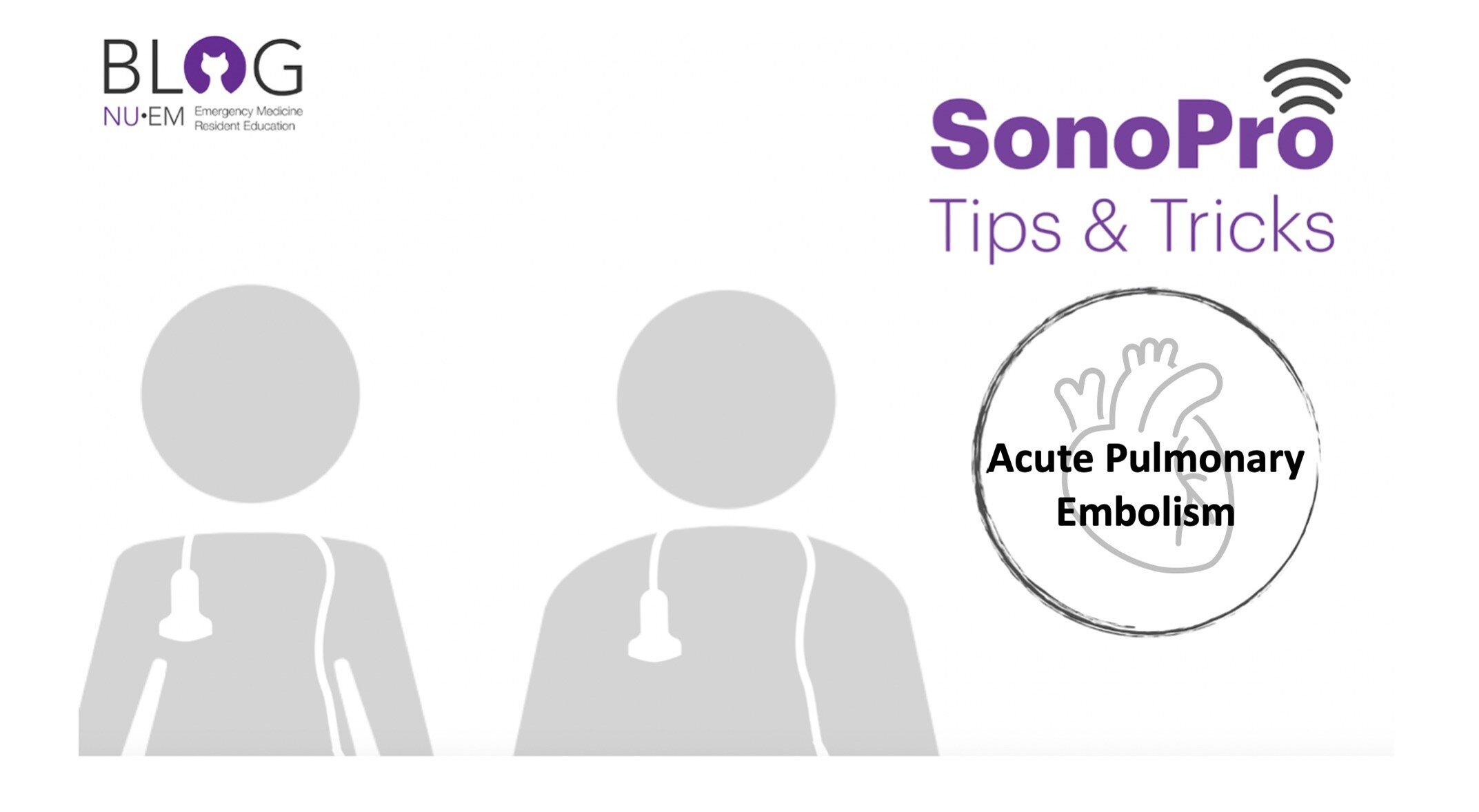

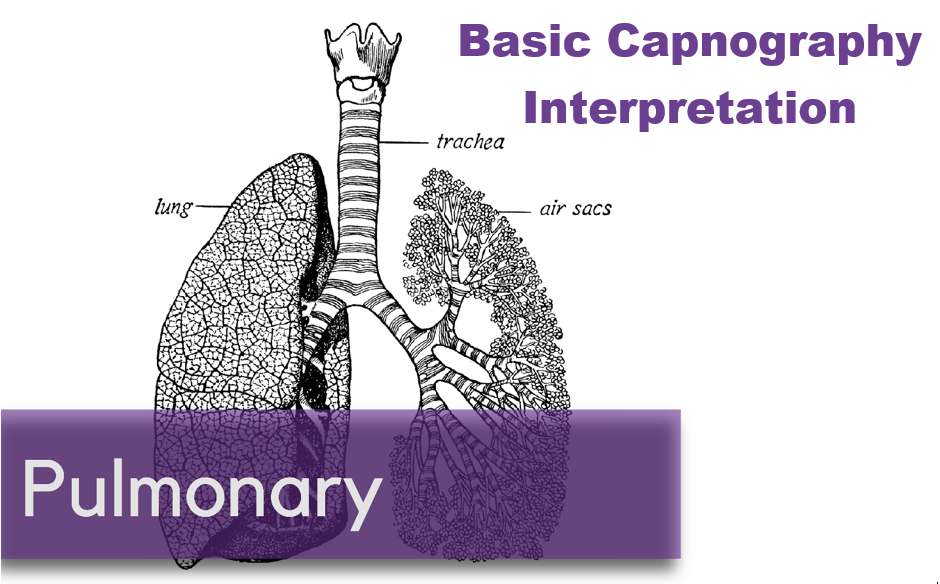























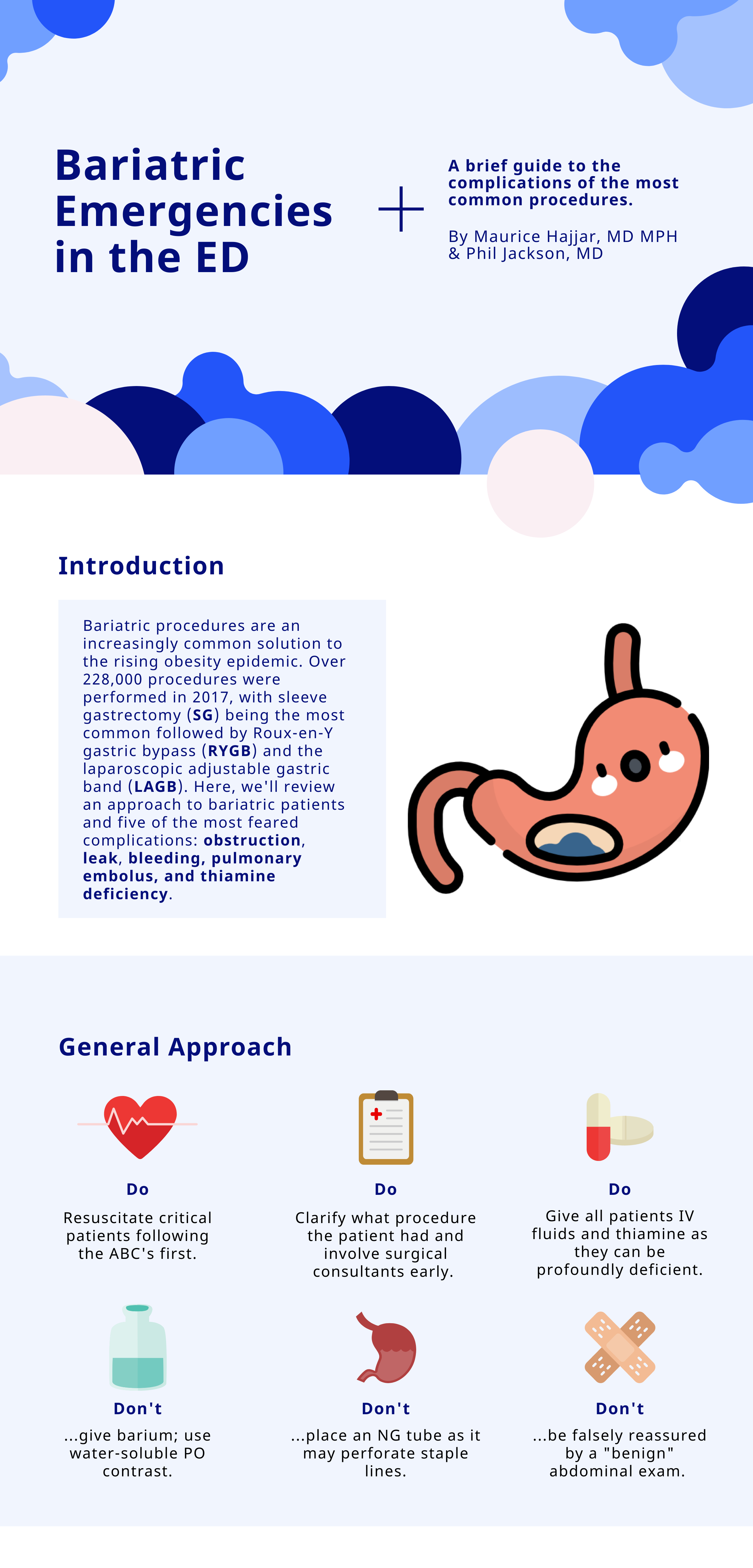































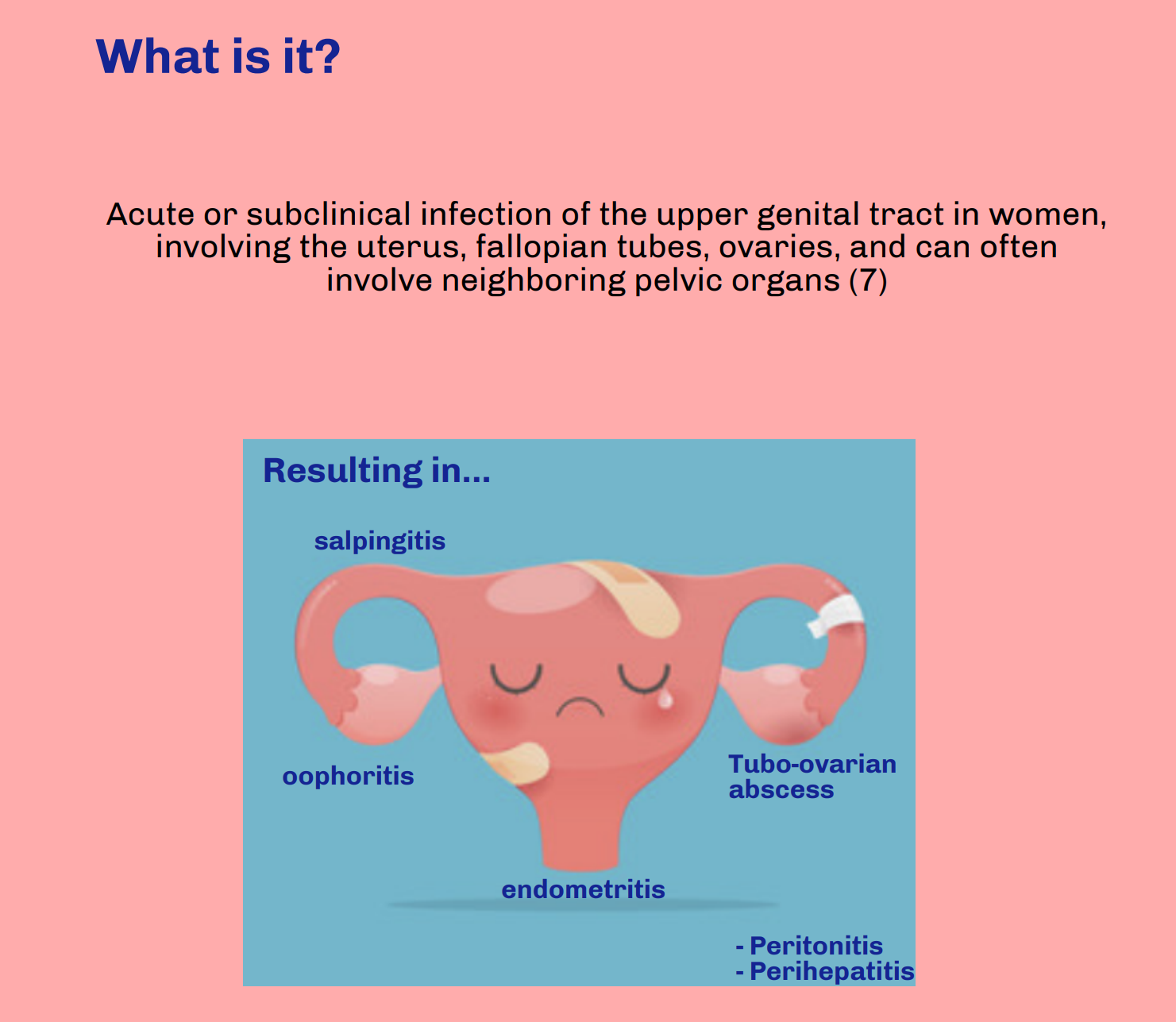

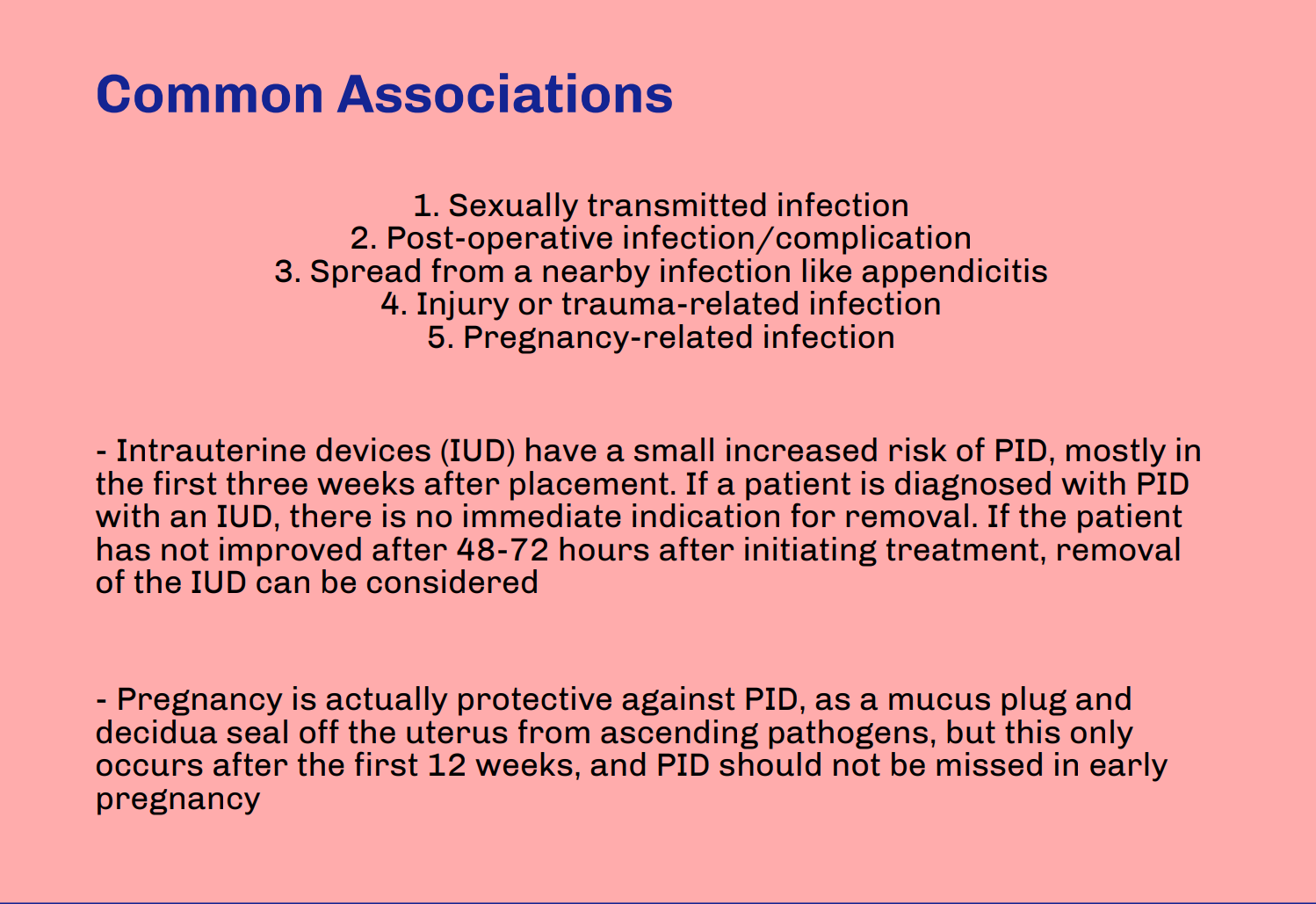
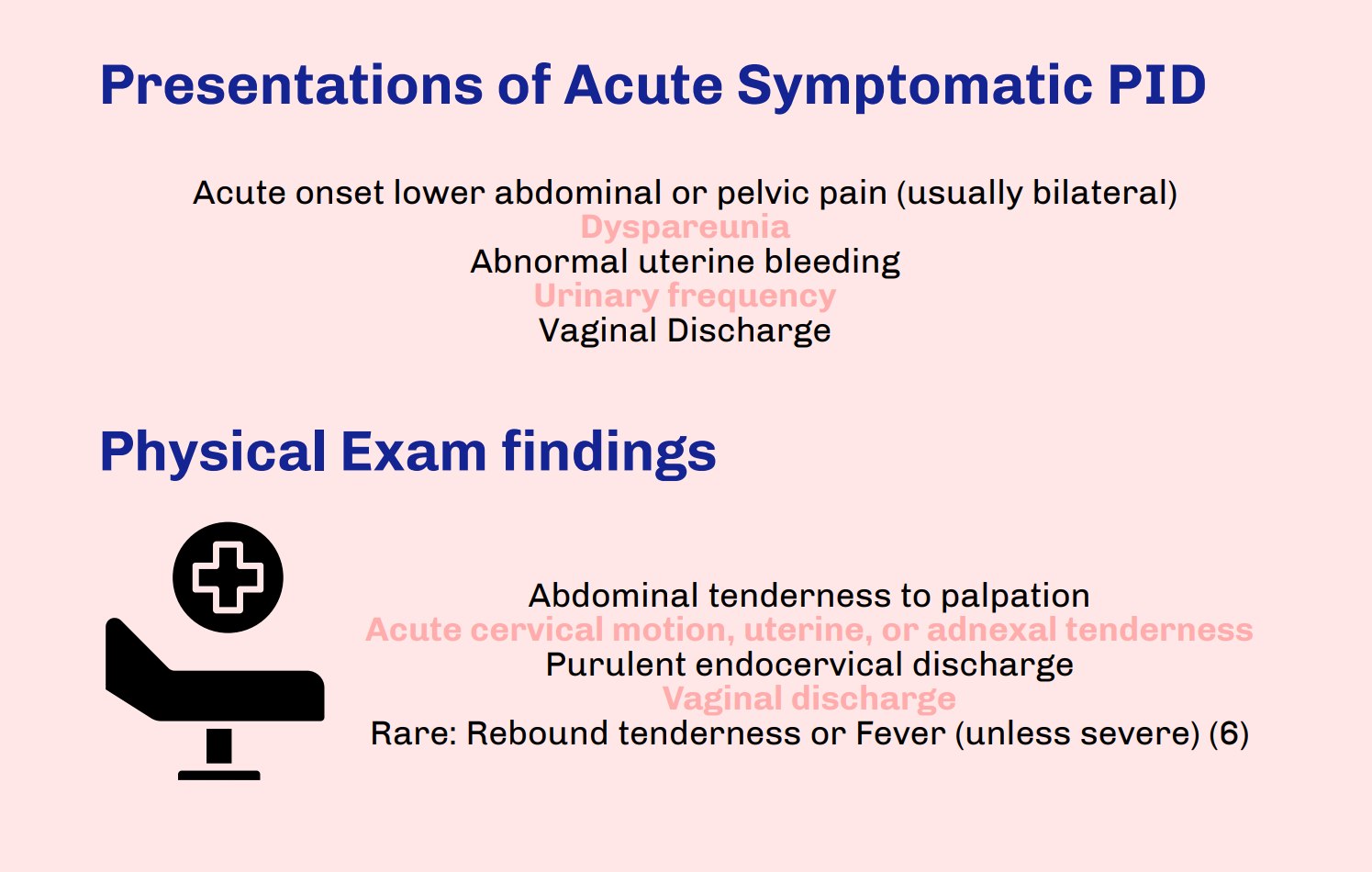







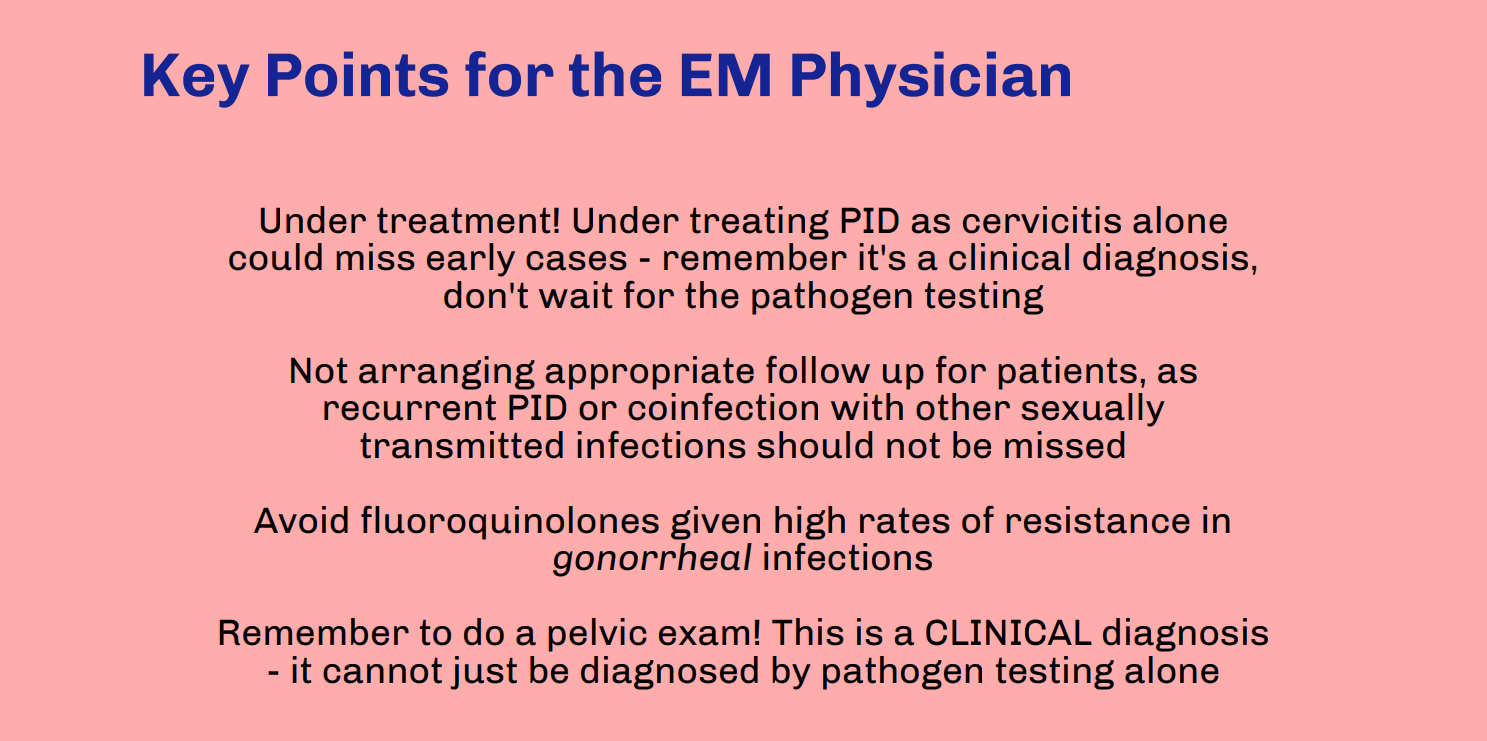



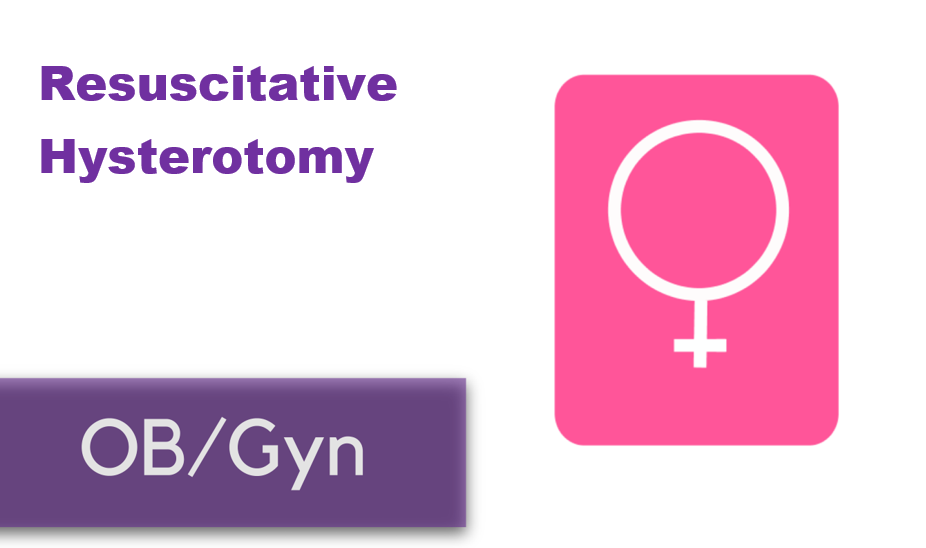
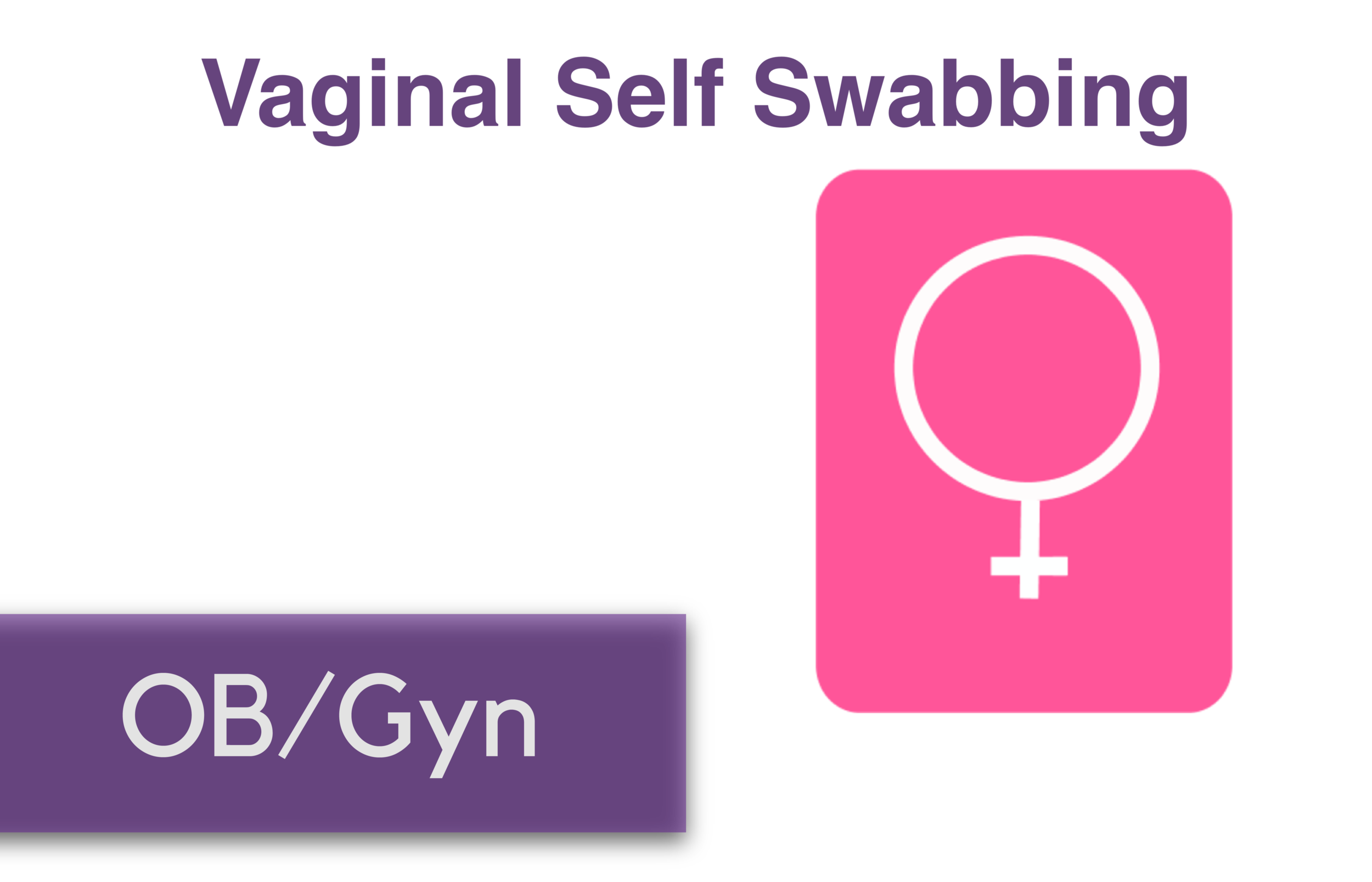



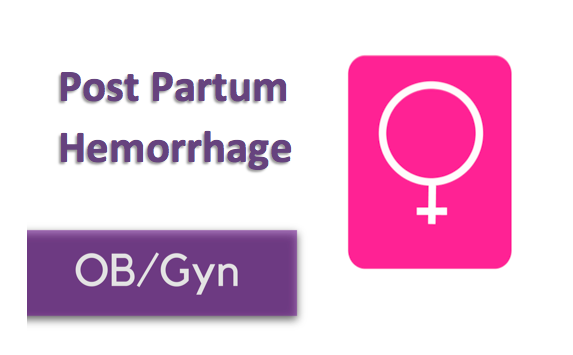
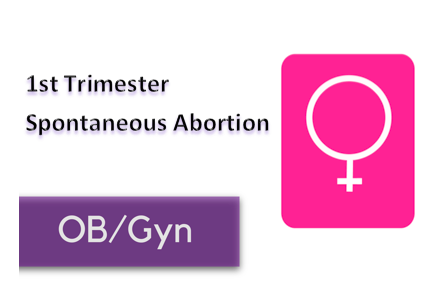









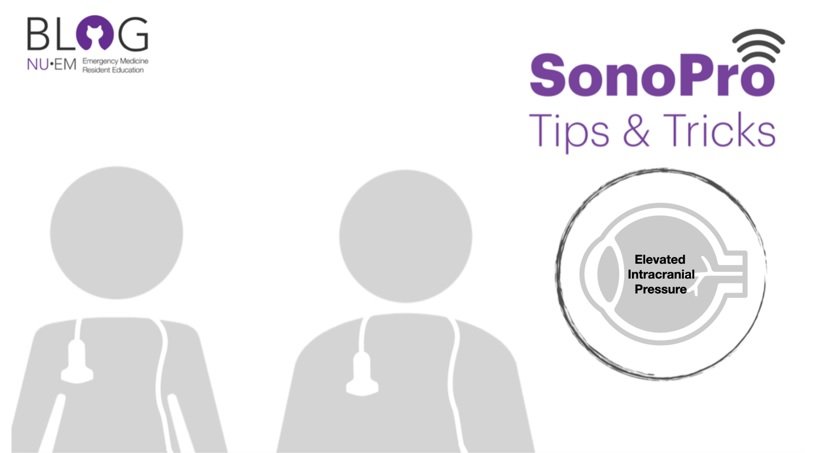
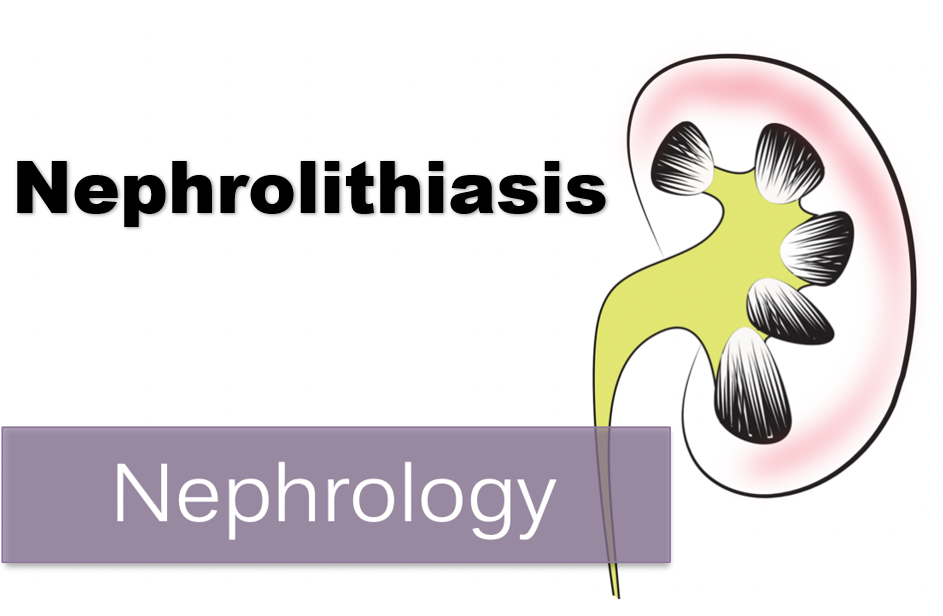














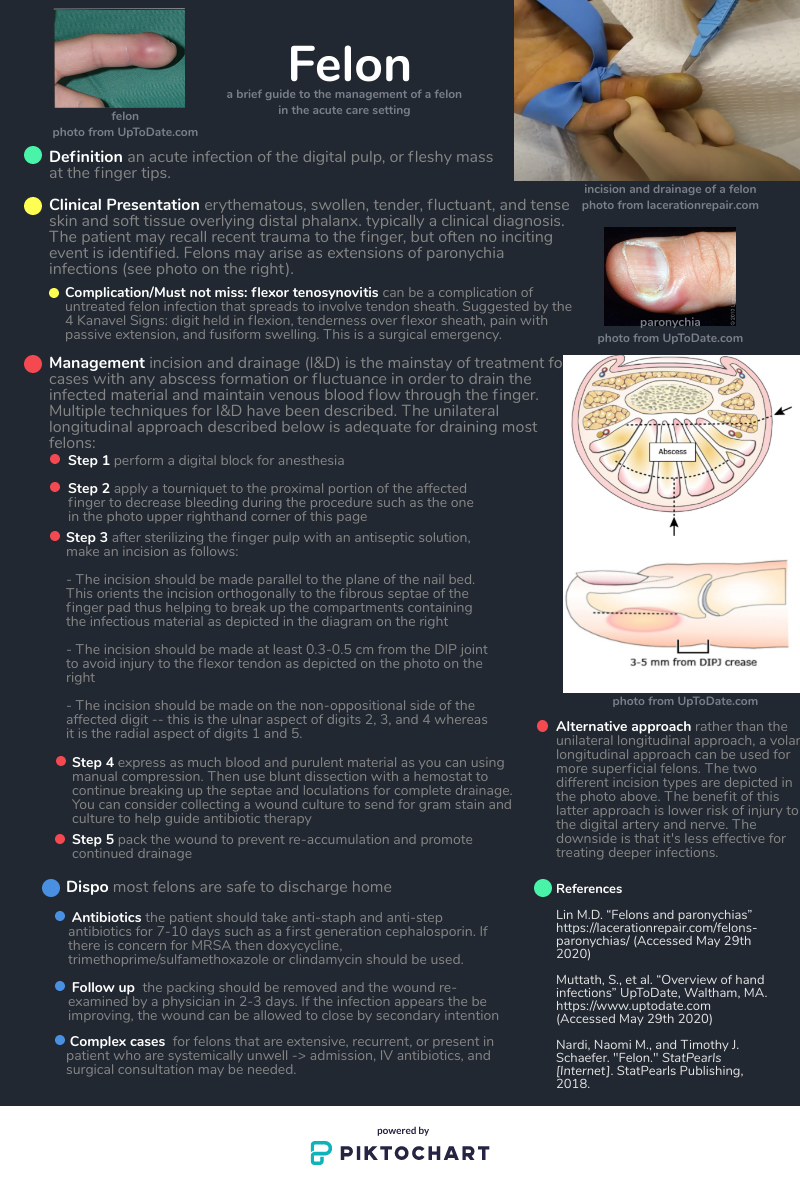





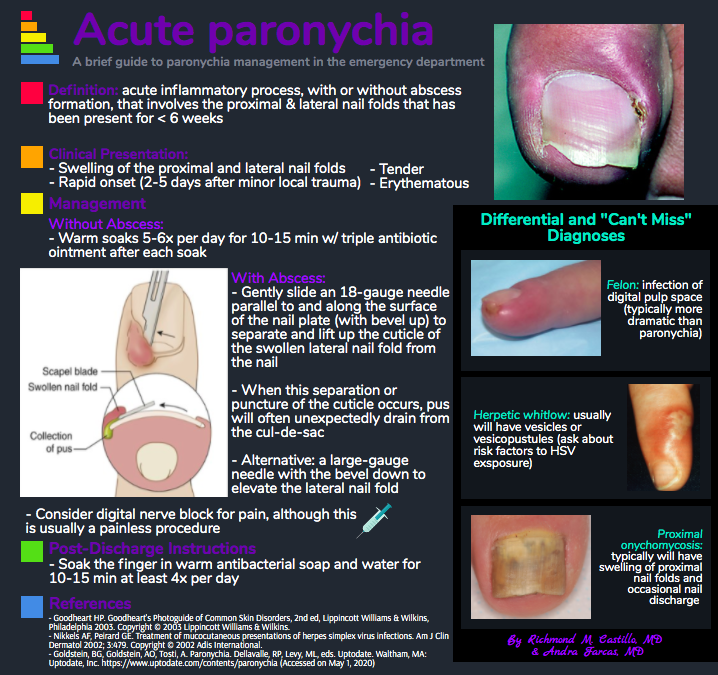

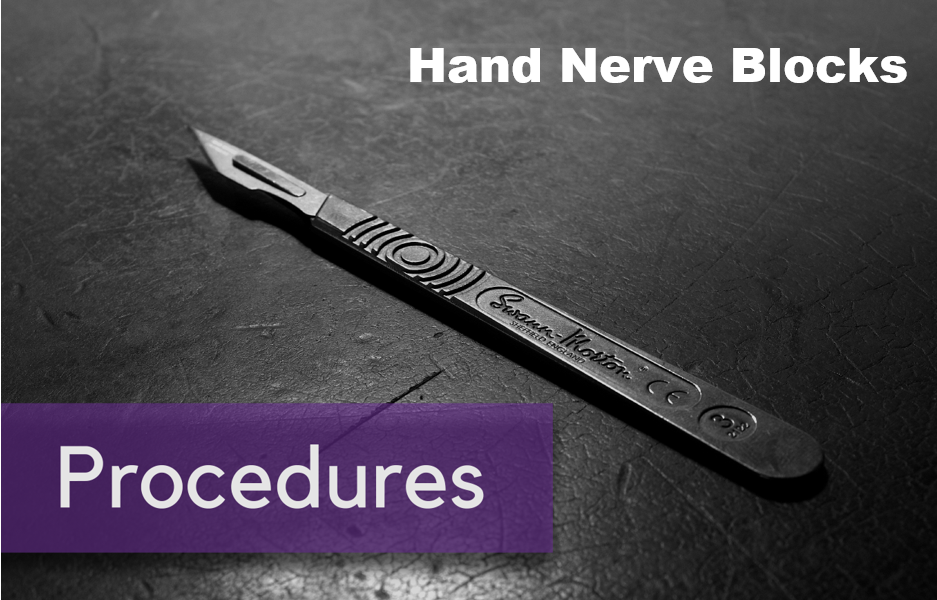






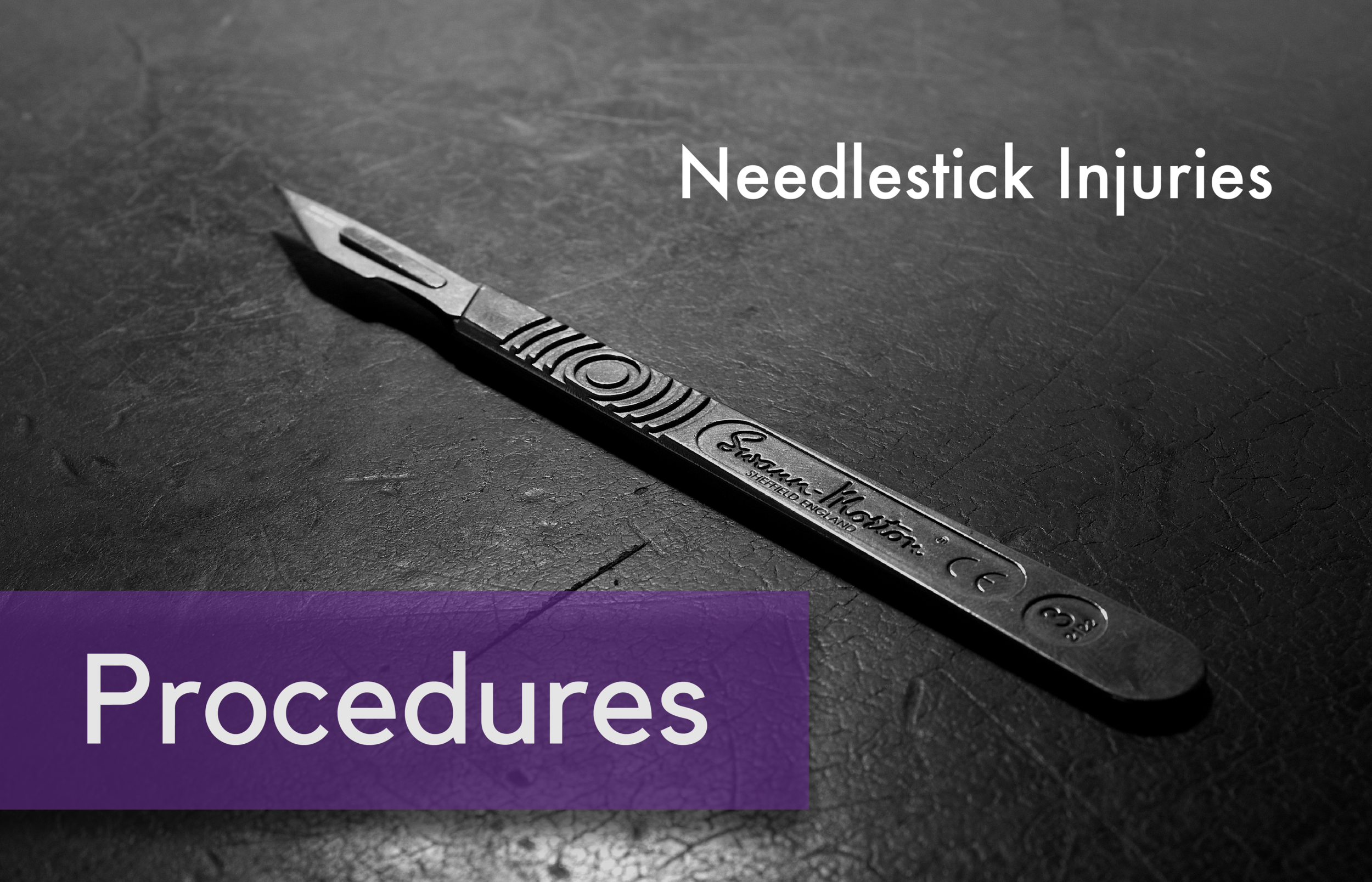

![Figure 1: Structural Anatomy of the Knee [5]](https://images.squarespace-cdn.com/content/v1/549b0d5fe4b031a76584e558/1613997183287-ADV18WC2TENS07IAKW85/Picture1.png)
![Figure 2: Neurovascular Anatomy of the Knee [6]](https://images.squarespace-cdn.com/content/v1/549b0d5fe4b031a76584e558/1613997188684-EJ3N1PMXE529KLK8HF5X/Picture2.png)
![Figure 3: Kennedy Classification of knee dislocations with example illustrations [9]](https://images.squarespace-cdn.com/content/v1/549b0d5fe4b031a76584e558/1613997416760-QW0N1ML3ECI1MOFL10CA/Picture3.gif)
![Figure 4: Schenck Classification System with Wascher Modification [2]](https://images.squarespace-cdn.com/content/v1/549b0d5fe4b031a76584e558/1613997441216-A4W0T4WFTEFRW9QKNGF3/Picture4.png)
![Figure 5: Algorithm for the evaluation and management of knee dislocations in the Emergency Department [10]](https://images.squarespace-cdn.com/content/v1/549b0d5fe4b031a76584e558/1613997537110-D0IQVUWEETPIQY53O7BZ/Picture5.png)
![Figure 6: Lateral knee dislocation [12]](https://images.squarespace-cdn.com/content/v1/549b0d5fe4b031a76584e558/1613998385205-AVMREK6NR6X9OK4U3NE3/Picture6.jpg)
![Figure 6: Posterior knee dislocation [13]](https://images.squarespace-cdn.com/content/v1/549b0d5fe4b031a76584e558/1613998412027-J92I2QTYDUU7MMPFLGWZ/Picture7.jpg)
![Figure 7: Segond fracture with red circle showing lateral tibial plateau avulsion fracture [14]](https://images.squarespace-cdn.com/content/v1/549b0d5fe4b031a76584e558/1613998585798-OB51SEXPTLTH98ZZHJDT/Picture8.jpg)
![FIgure 7: Fibular head avulsion fracture with white arrow showing avulsed fragment [15]](https://images.squarespace-cdn.com/content/v1/549b0d5fe4b031a76584e558/1613998622903-ZZWVB1KHKD3VLOPTOSDD/Picture9.jpg)
![Figure 8: Technique for reduction of knee dislocation [20]](https://images.squarespace-cdn.com/content/v1/549b0d5fe4b031a76584e558/1613998715615-OCFRYK6BGVNV5R1IX9FK/Picture10.jpg)
![Figure 9: Ankle brachial Index [18]](https://images.squarespace-cdn.com/content/v1/549b0d5fe4b031a76584e558/1613998836971-HGC56BHGLWIPTADPOLTU/Picture11.png)






